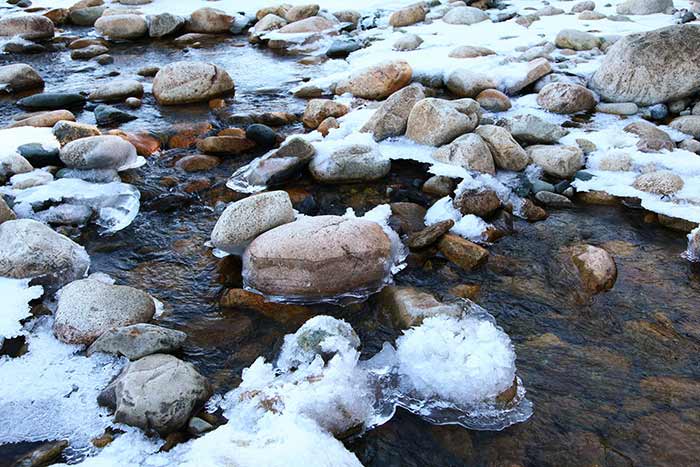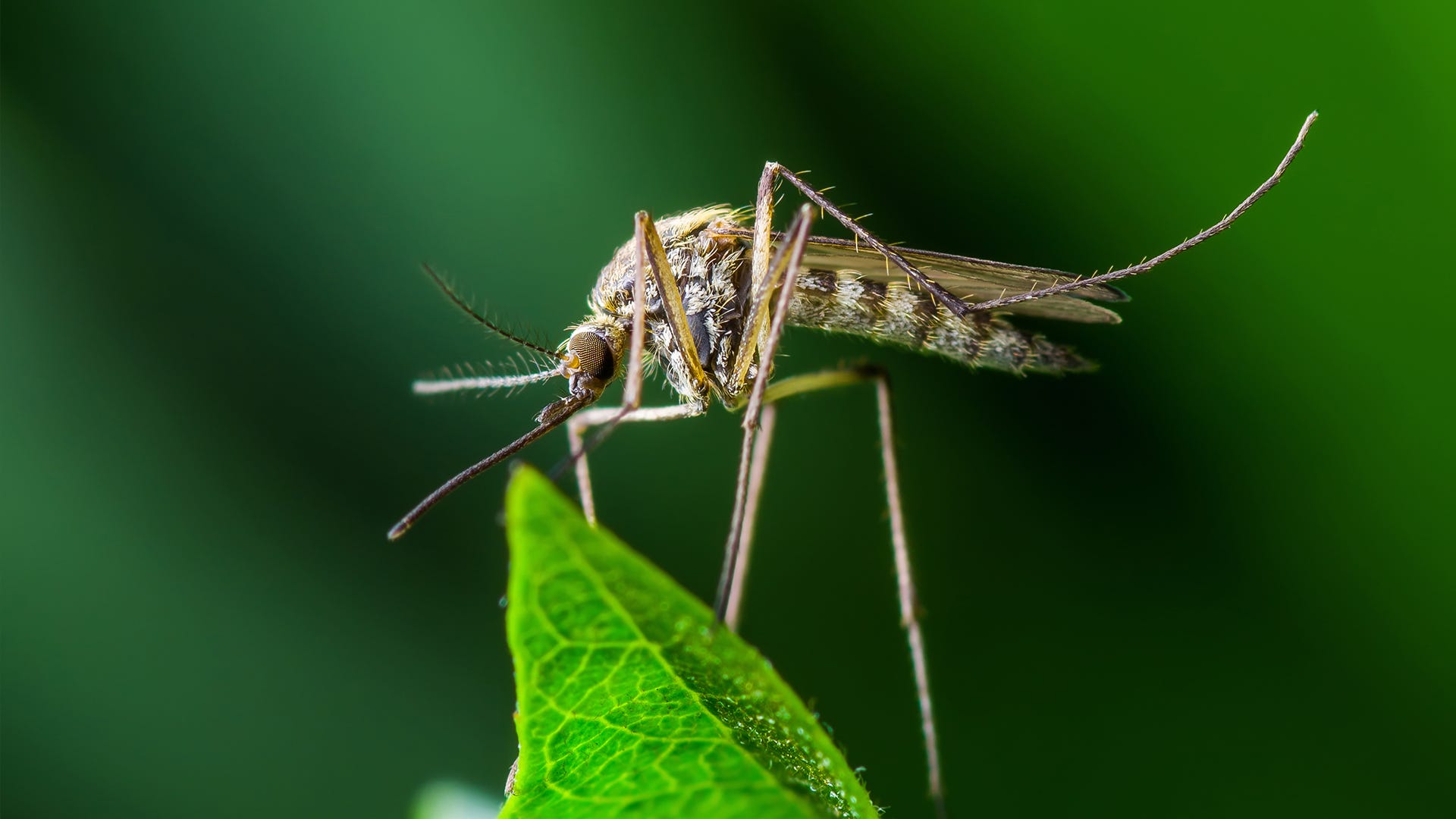
When cold weather settles in, many animals go into survival mode. As humans, we’ve mastered the environment pretty well – we venture into our homes, turn on the heat and eat all the store-bought fresh food we want.
Animals face a different set of circumstances though. Food and shelter are hard to come by, so many animals use different survival tactics to make it through the winter. Some mammals hibernate. Many birds fly south for the winter. But what about those little creepy-crawlies and flying pests we see so much during the spring and summer? Where do insects go in winter?
Where Do Insects Live?
Understanding how insects breed, rest and hide is often a clue as to where they go in winter. Biting insects, such as mosquitoes, are probably the most aggravating for homeowners and outdoors lovers and, therefore, are worth special attention.
- Mosquitoes rest in tall grasses, brush and weeds. They breed in shallow pools of stagnant water, including such innocuous locations as bird baths, outdoor toys capable of holding water and poorly draining eaves.
- Midges are a bit more resilient and are found in a variety of habitats, including beaches, ponds, streams and wetlands. They can breed in just about any body of water.
- Black flies live around any sort of flowing water, including streams and rivers. They lay eggs in running water and the larvae attach to rocks before emerging as flying adults.
Believe it or not, these insects utilize these same locations to shelter during the winter. How do they do it? Read on!
How Do Insects Survive in Freezing Water?
Regardless of the temperature, mosquitoes, midges, and black flies – along with their eggs or larvae – are always around.
Even in the winter when we don’t see them, their eggs are clinging to life and waiting for the arrival of warm temperatures. Eggs and larvae rarely freeze to death. Instead, they remain attached to vegetation or buried in mud under streams, lakes and similar bodies of water.
Yes, it is cold, but it’s rarely too cold for these hardy creatures. Even during the coldest stage of the winter, only the top layer of water freezes on rivers, ponds and lakes. As a result, insect eggs and larvae have developed the ability to survive in that thin zone of water where freezing rarely occurs.
Through weeks and weeks of cold, these bugs hunker down and wait. When the temperature increases as spring arrives, they resume their progress from egg to insect. For insect eggs, incubation resumes. For more mature insects, they continue growing toward their next molt.
How Do Insects Live Through the Winter?
Insects don't have the option of sipping hot chocolate by a fireplace or bundling up in scarves like we do. Instead, they have their own unique ways to cope with the cold. Some butterflies, for example, migrate to southern climates for warmer temperatures and abundant food. Honey bees keep warm by crowding together for months at a time, an activity that keeps the entire hive warm enough all winter long.
What about those annoying mosquitoes, midges and black flies? How do they survive the cold months? To survive the cold weather, many insects respond in the following ways:
- Diapause. A suspended period of development, diapause allows midge and black fly larvae to slow their metabolism in order to cope with the decrease in temperature.
- Anti-Freezing Protection. Also called “overwintering”, a natural anti-freezing protection enables insects to survive freezing temperatures through biochemical processes. Water in mosquitoes’ bodies is replaced by glycerol, which allows them to remain unharmed by the cold temperatures. The glycerol essentially acts as a natural anti-freeze.
- Natural Shelter. Some insects, female mosquitoes included, use diapause in conjunction with natural shelters to survive the cold. Animal burrows, hollow logs and other protected areas can act as natural shelters for insects during the winter months. Other less-than-natural shelters mosquitoes use include cracks in human-built structures, spaces between siding and undisturbed areas in buildings -- including your basement, attic or garage.
- Staggered Hatching. Mixing the Anti-Freezing and Natural Shelter methods above, some eggs (and some larvae) are built to survive the winter. Insects may also lay their eggs in sheltered areas that allow them to survive. The eggs simply slow down their incubation time until temperatures are right for hatching, and, when they are ready, a new generation emerges.
Defeating Biting Insects
Knowing that insects can survive the most brutal of winters, it’s important to prepare for their re-emergence in the spring. You can spray deadly chemicals around your home and yard or you can try a cost-effective and energy-efficient CO2 mosquito trap that targets biting insects without posing a threat to the beneficial bugs that help your lawn and garden thrive.
Mosquito Magnet® CO2 traps utilize Counterflow Technology™ to drastically reduce the number of these resilient pest insects. With these mosquito traps, you can protect yourself, your family, your visitors and your pets from biting insects as they swarm to your property during the mosquito season.
Besides the annoyance associated with an insect bite, there are some real dangers. Malaria, West Nile Virus, Dengue Fever, Encephalitis , Zika, Mayaro and Chikungunya come with severe and sometimes potentially fatal side effects. As you weigh your options for protecting yourself from mosquitoes and other biting insects, it is wise to consider the option that has proven results.
Mosquitoes in the Winter?
Our battle against biting insects may rest a bit during the winter months, but it is never over. Temperatures drop and ice forms – but mosquitos, midges and black fly eggs are waiting beneath a protective layer of ice or carefully hidden in some other shelter. When the spring thaw arrives, these insects return.
If you have questions about protecting yourself from midges, mosquitoes or black flies, reach out to Mosquito Magnet® on Facebook. You can also see how our CO2 mosquito traps work by visiting Mosquito Magnet® on YouTube.
When you’re ready to buy (or resupply) your Mosquito Magnet® trap, be sure to subscribe to our E-Newsletter for special, money-saving coupons and links to articles like this one.



